Helmand Sistan Project Staff
Director
William B. Trousdale
Professional Field Staff
Mitchell Allen (archaeologist)
Terry Arden Allen (ceramicist)
Ghulam Rahman Amiri (archaeologist)
Orin J. Anderson (geologist)
Howard Crane (ceramicist)
Robert Hamilton (surveyor)
James E. Knudstad (architect, archaeologist)
James Trilling (archaeologist)
Nicholas Vester (surveyor)
Robert K. Vincent, Jr. (photographer)
John W. Whitney (geologist)
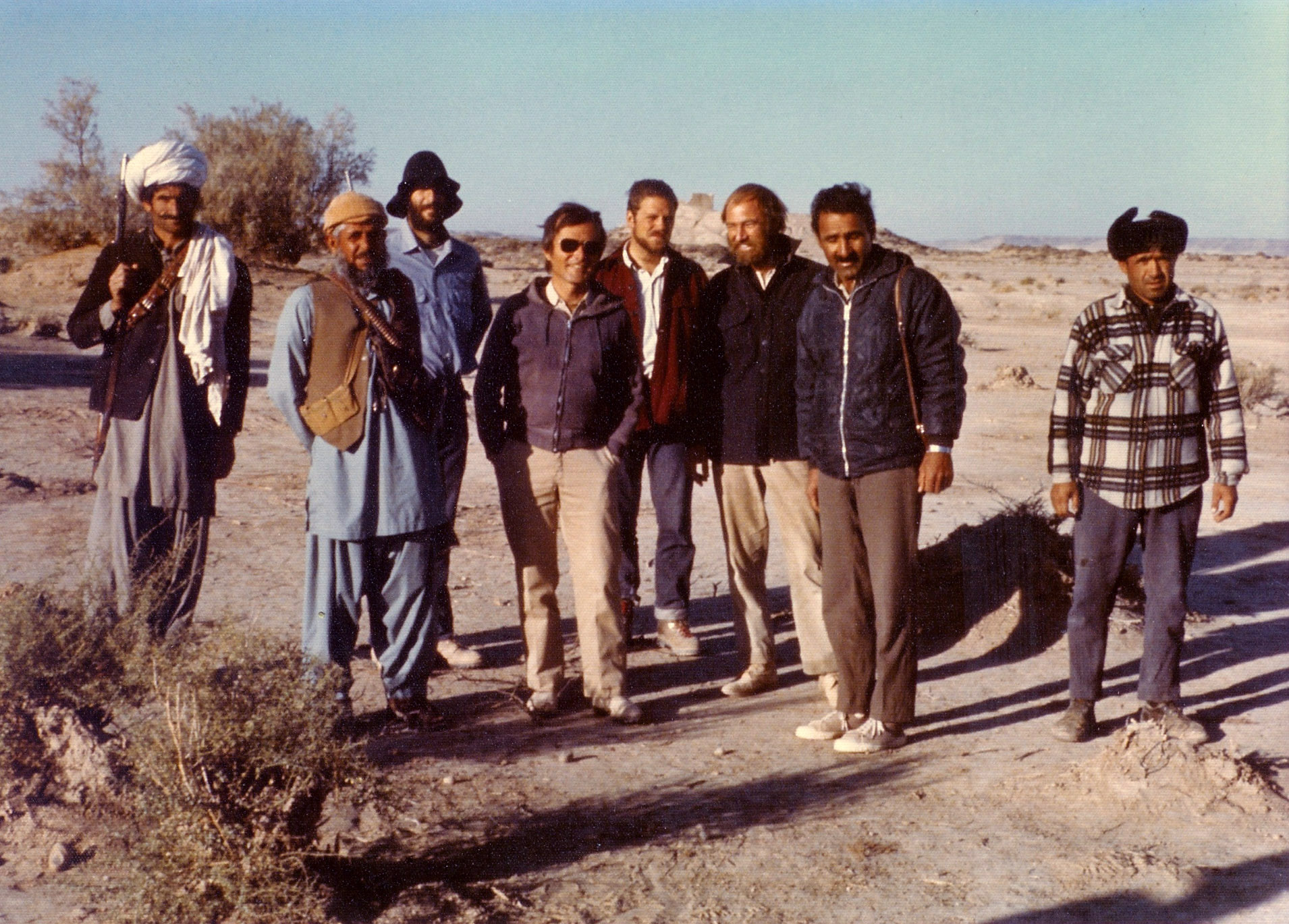
Technical Specialists and Consultants
Marc Abramiuk, California State University, Channel Islands, survey
Viola Allegranzi, Institute of Iranian Studies, Austria, epigraphy
Arturo Annucci, Orientale University, Naples, numismatics
Warwick Ball, independent scholar, sites and objects
Pierfrancesco Callieri, University of Bologna, figurines
Luca Colliva, University of Bologna, figurines
Anna Filigenzi, University of Torino, figurines
Roberta Giunta, Orientale University, Naples, epigraphy
Norman Hammond, Boston University, survey
Raymond Hebert, Smithsonian Institution, numismatics
Brian Hesse, University of Alabama, zooarchaeology
Eric Hubbard, University of Pennsylvania, ceramics
Rachel Mairs, University of Reading, epigraphy
Giulio Maresca, Sapienza University, Rome, ceramics
Margaret Medley, University of London, Chinese ceramics
Lauren Morris, Freiburg University, epigraphy
Alka Patel, University of California, Irvine, Islamic art
Paula Wapnish, University of Alabama, zooarchaeology
Michael Zellmann-Rohrer, Cambridge University, epigraphy
Layah Ziaii-Bigdeli, University of California, Irvine, Islamic ceramics
Logistics Staff
Barak Ali
Khan Zaman
Niaz Muhammad
Ramazan
Field Workers
With the Taliban government recently established in Afghanistan, we were concerned that specifically identifying the workers might be dangerous to them, their descendants, or their families. We offer our heartfelt thanks to the 100 or so Baluch workers from various villages in the Helmand Valley who assisted us in five seasons of survey and excavation. We could not have accomplished the project without them.
Key Personnel
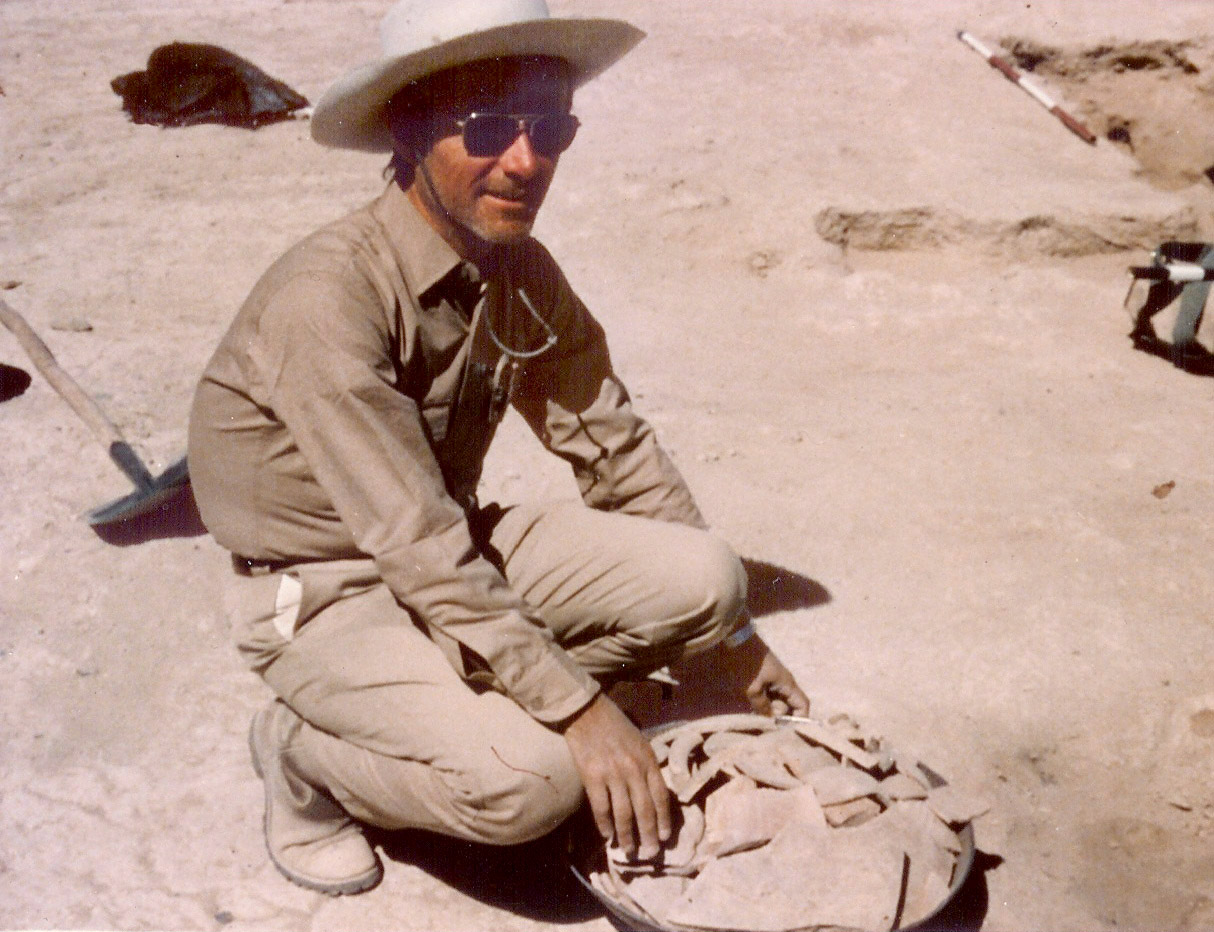
William B. Trousdale is emeritus Curator of Anthropology at the National Museum of Natural History, Smithsonian Institution, where he worked for three decades. Prior to that, he was Associate Curator of Chinese Art at the Freer Gallery of the Smithsonian. Trousdale had visiting appointments at Columbia University, University of Michigan, and University of Oregon. His Ph.D. in Asian Art History and Archaeology came from the University of Michigan, and he received his masters from UC Berkeley in East Asian Studies. Trousdale’s field research was conducted primarily in Sistan and elsewhere in Afghanistan (1960-1979) but he also served as Assistant Director of the Qasr al-Hayr excavations in Syria for six seasons. He has published on the archaeology of Afghanistan and Syria, on nineteenth century British involvement in Afghanistan and Central Asia, and on military academies. Books and monographs include The Long Sword and Scabbard Slide in Asia (Smithsonian 1975), City in the Desert (coauthored, Harvard UP 1978), War in Afghanistan 1879-80 (Wayne State UP 1985), The Gordon Creeds in Afghanistan (British Association for Cemeteries in South Asia 1984), Military High Schools in America (Left Coast 2009), and Kandahar in the Nineteenth Century (Brill 2021). A previous volume from the Helmand Sistan Project, The Helmand Baluch by Ghulam Rahman Amiri, was edited and annotated by Trousdale and Allen and published by Berghahn Books (2021). He also produced a database of British soldiers in the second Anglo-Afghan War, available from Families in British India Society.
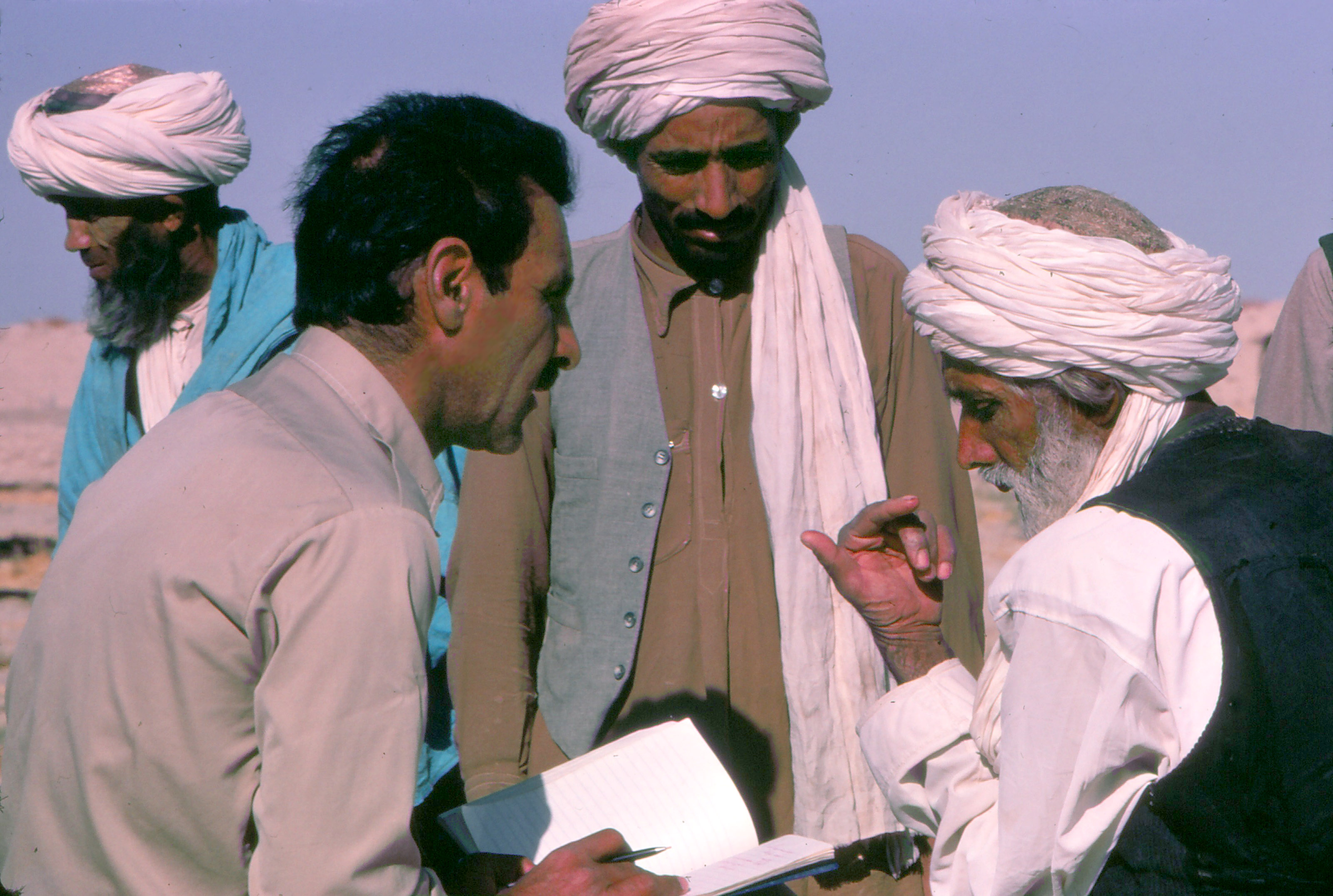
Ghulam Rahman Amiri was born in 1934 in the village of Qualai Quazi near Kabul, Afghanistan. He obtained a Bachelor of Arts degree in History and Geography at Kabul University in 1962 and later attended the Ohio University and Harvard University on a Fulbright Fellowship. After working as a high school history teacher and trainer in the government civil aviation department, Amiri became the Director of Excavation at the Institute of Archaeology in Kabul. Amiri worked as an archaeologist and ethnographer with the Helmand Sistan Project for four seasons between 1971-1976, including serving as translator between the western staff and local communities. He wrote several academic journal articles in Dari and in English about the project. In the 1980s, Amiri served as Minister of Tourism for Afghanistan. Due to conflicts stemming from the Soviet Union invasion of Afghanistan, Amiri fled to India in late 1990 and eventually arrived in Denmark in 1993. During his time in Denmark, Amiri wrote the two volume The Complicated Dimensions of Wars’ Duration in Afghanistan, in Dari, published between 1998 and 2003. His ethnography of The Helmand Baluch was published by Berghahn Books in 2021, the first ethnography of this group and one of the few known native ethnographies in Afghanistan. Amiri passed away in 2003 due to Amyotrophic Lateral Sclerosis.
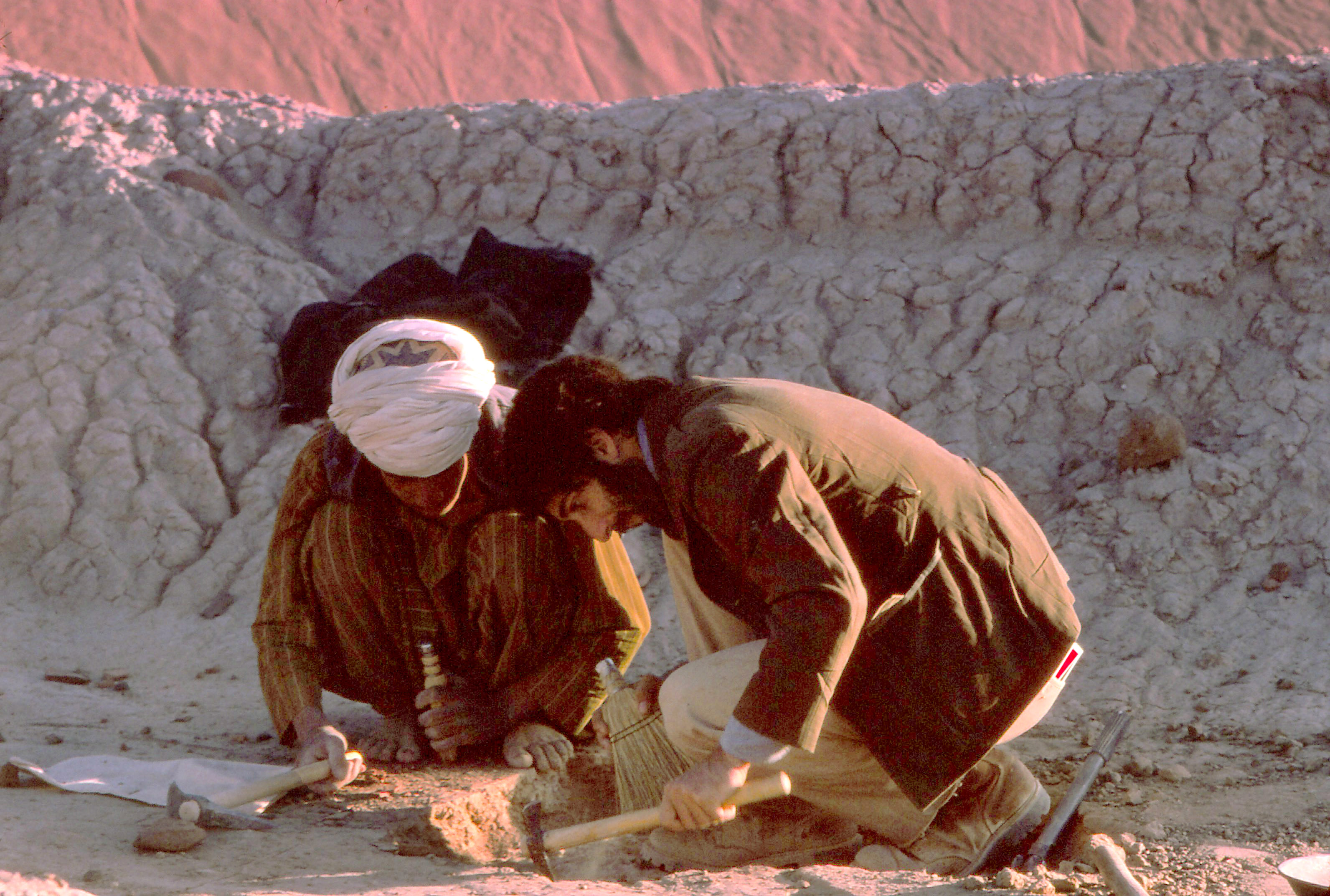
Mitchell Allen served as a field archaeologist on the Helmand Sistan Project and has had the primary responsibility for preparing the publications of the project since 2016. He is retired after 40 years in scholarly publishing, two decades with Sage Publications, then as founder and president of AltaMira Press and Left Coast Press, two significant publishers of archaeology. Allen has a Ph.D. in Near Eastern archaeology from UCLA and did field work in Israel and California as well as for the Helmand Sistan Project. He taught archaeology part-time at Mills College, Santa Clara University, Diablo Valley College, Vancouver Island University, and University of Maryland. He is author of the book Essentials of Publishing Qualitative Research (2015), 40 articles on archaeology and scholarly publishing, and over 100 presentations and workshops on those subjects. Allen has received lifetime achievement awards from four scholarly organizations including the American Anthropological Association and the World Archaeological Congress. He currently runs an academic publishing consulting service, Scholarly Roadside Service.
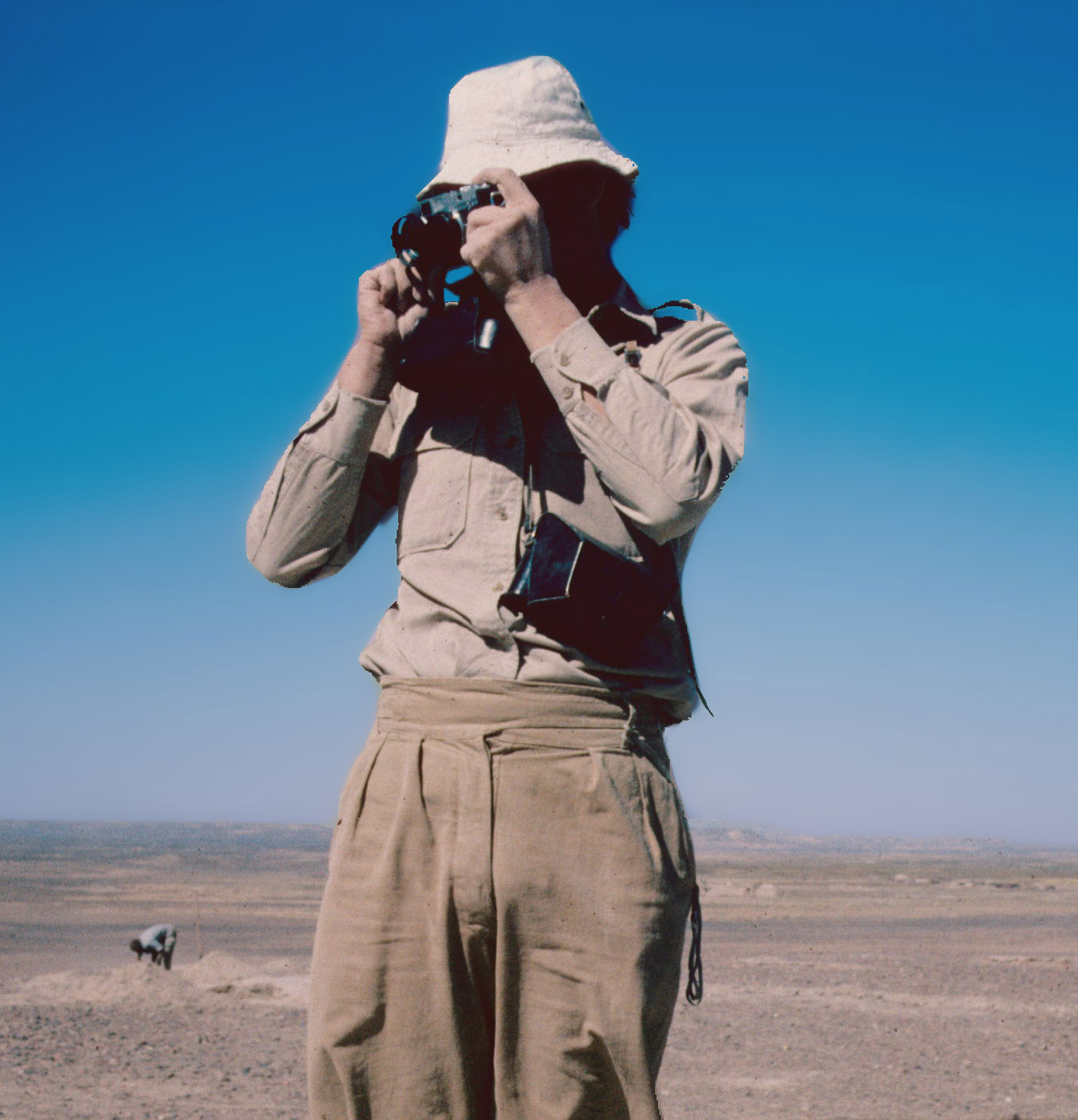
Robert K. “Chip” Vincent, Jr. was photographer for the Helmand Sistan Project and an expert in archaeology, archaeological photography, international economic development, and heritage management. He worked on numerous projects in the Middle East, Mediterranean, and Africa, including the Kyrenia shipwreck in Cyprus, Santo Antonio de Tanna shipwreck in Kenya, Tell Hadidi in Syria, Phanoromeni in Cyprus, Abu Salabikh in Iraq, Kommos in Crete, Gordion in Turkey, and the Athenian Agora. In 1980, he left fieldwork to help economic development in the Sultanate of Oman, which included setting up of the ethnographical museum in The Khasab Fort. In later years, Chip was director of the Institute of Nautical Archeology (INA) at Texas A&M University for six years, followed by 13 years with the American Research Center in Egypt (ARCE), managing an American initiative for conservation and restoration of historical buildings, monuments, and sites. He organized the volume Preserving Egypt’s Cultural Heritage as part of this work, contributed a chapter on Shihu axes for Paolo Costa’s book Musandum, and provided photography for Martin Biddle’s Winchester archaeology series. Chip passed away in 2007.
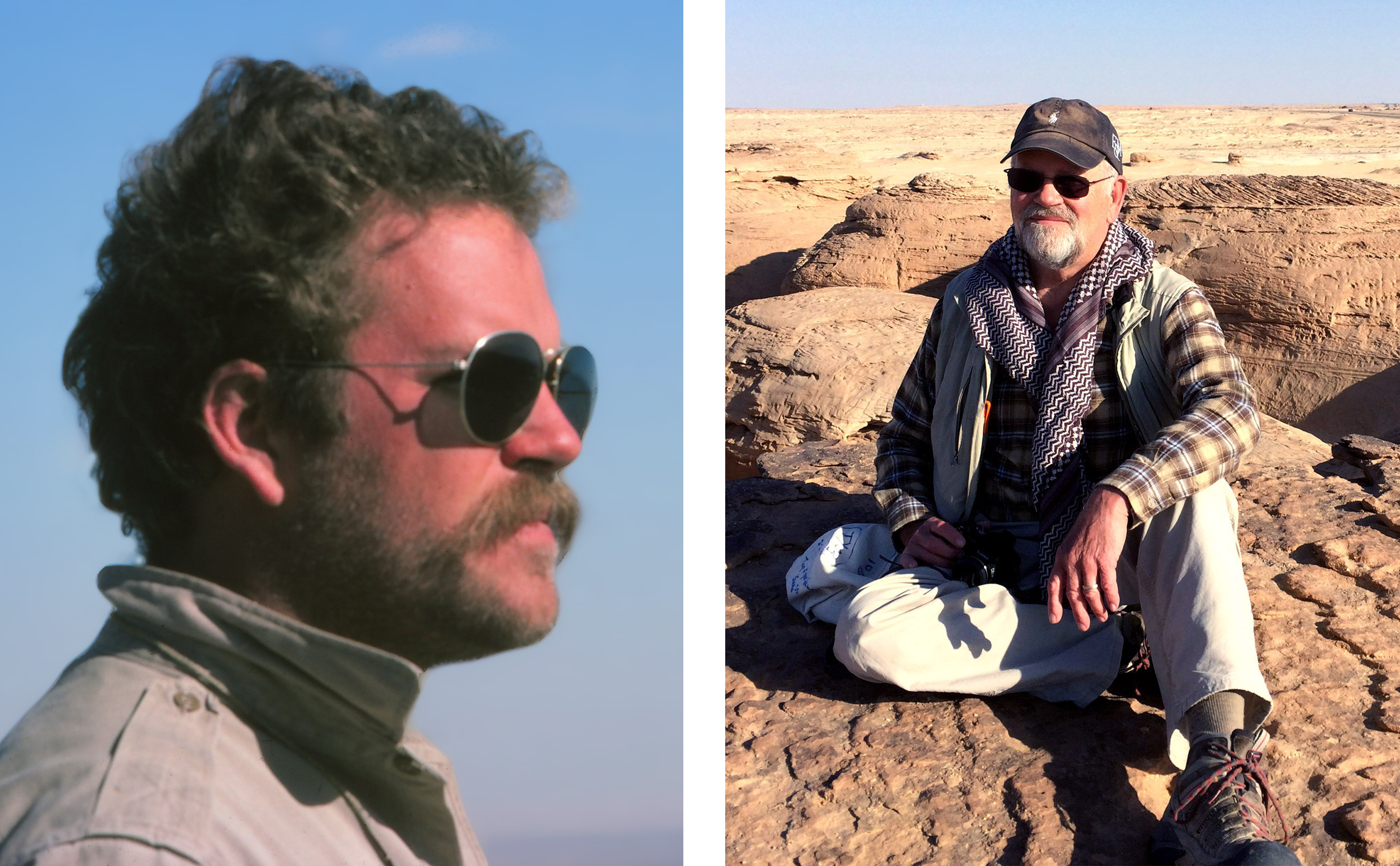
John W. Whitney is a Scientist Emeritus at the U.S. Geological Survey, retiring after 42 years of service. The geologist obtained his Ph.D. from Johns Hopkins University, which allowed him to join the Smithsonian’s Helmand-Sistan Project while still a student. Whitney developed a life-long interest in desert processes from working in the Helmand Basin and went on to work in the deserts of Saudi Arabia and the Mojave Desert in the U.S. He also administered projects in Bangladesh and Nepal on arsenic contamination in drinking waters and a study of deep aquifers on the Ganges-Brahmaputra delta. In Dhaka, he was science advisor to the U.S. State Department, and he co-authored the first geological map of Bangladesh. Whitney spent nearly three years in Saudi Arabia and wrote an early geologic history of the An Nafud desert and identified Holocene pluvial deposits along the Arabian Shield. He returned to Saudi Arabia to teach part time, and to study karst geomorphology, yardangs, and neotectonic activity in Wadi al Batin. Whitney spent over half his career administering earth science projects related to the characterization of the proposed high-level nuclear repository in southern Nevada, including co-administering the seismic hazard analyses of the facility. He also studied the potential erosion of the proposed repository and mapped and studied active faults important to site characterization. His publications cover this wide range of topics. But Whitney never lost his interest in Southwest Afghanistan and welcomed the opportunity to assemble a new tectonic and geologic evolution of the lower Helmand Basin and the Sistan Depression in order to better understand the historical environments that supported settlements for over 6000 years.
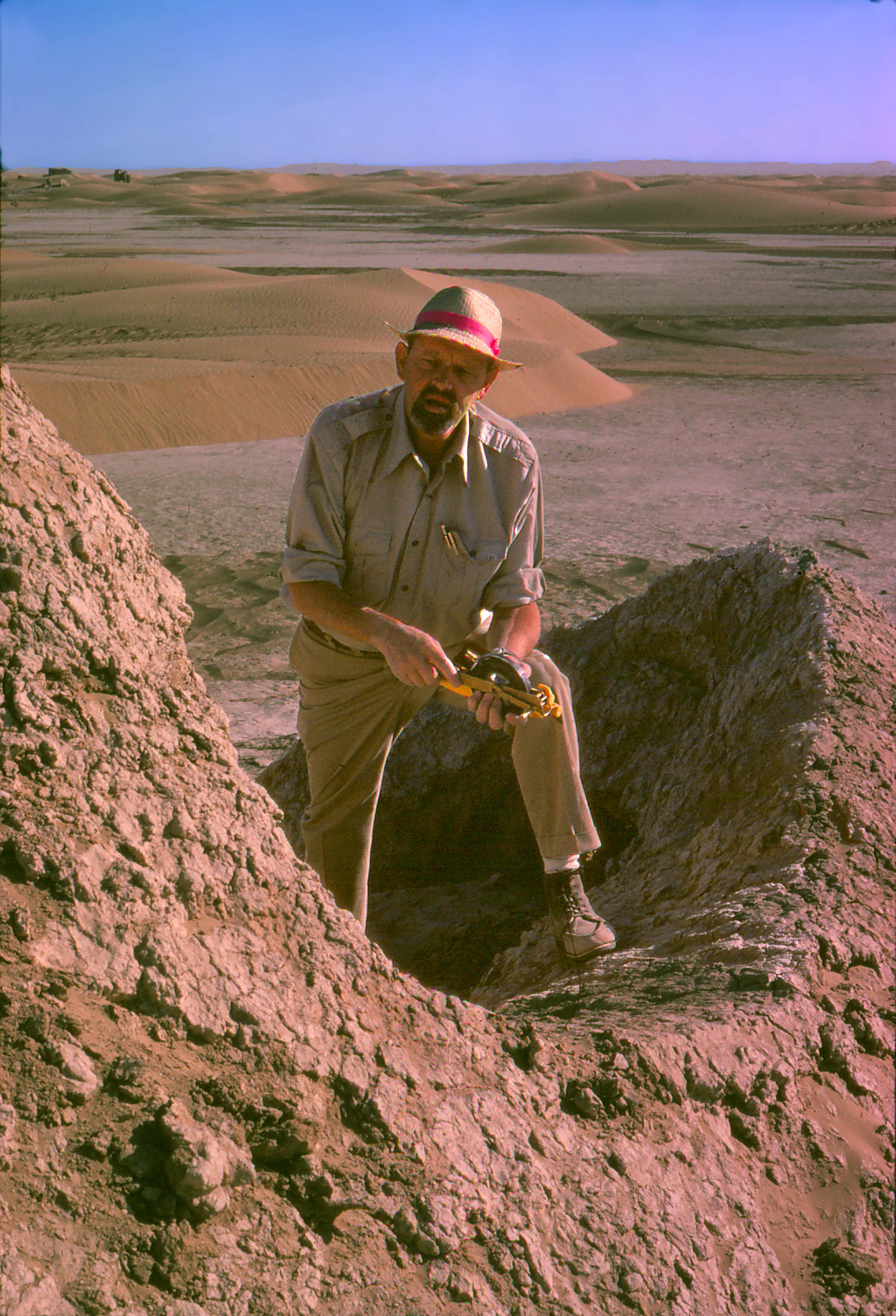
Robert Hamilton contributed his extensive survey experience to the Helmand Sistan Project, where he was instrumental in mapping the complex set of buildings that made up Shahr-i Gholghola and directed excavations at several of our sites. He had previously worked with Trousdale at the Qasr-al Hayr excavation in Syria. A resident of Michigan, he passed away in 1991.

James E. Knudstad was one of the most prolific field archaeologists in the study of the Ancient Near East over the past 50 years. He served as the staff archaeological architect the University of Chicago Oriental Institute (now Institute for the Study of Ancient Cultures) and directed their famous excavation at Nippur for several seasons. He and Trousdale both participated in the Qasr-al Hayr project in Syria in the 1960s. His exacting drawings and plans fill the excavation reports of Tell el Borg (Egypt), the Karga and Dakleh Oases Project (Egypt), Akasha Monastery (Nubia), Terqa (Syria), and the Tigris Euprates Archaeological Reconnaissance Project (Turkey), among many others in Egypt, Sudan, Syria, Iran, Iraq, Turkey, and Saudi Arabia. In Sistan, he was our key excavation strategist as well as being responsible for most of the architectural plans and stratigraphic profiles drawn by the project.


